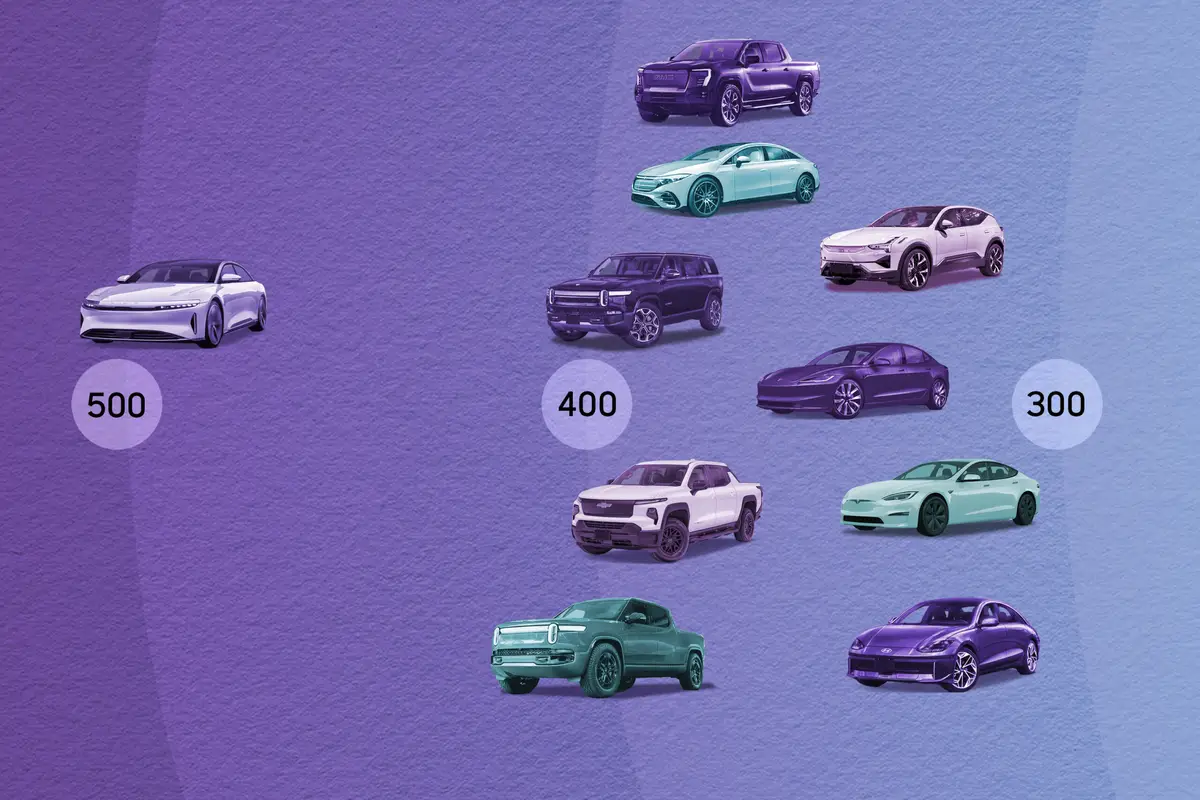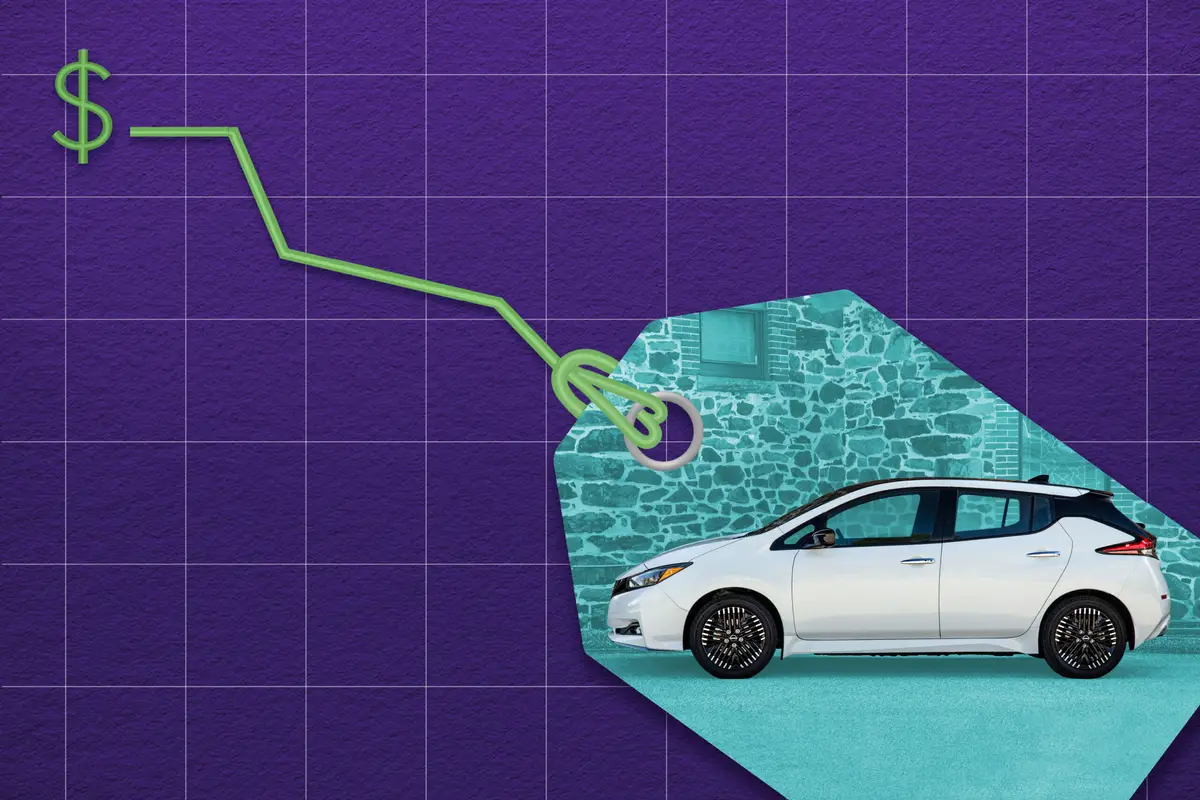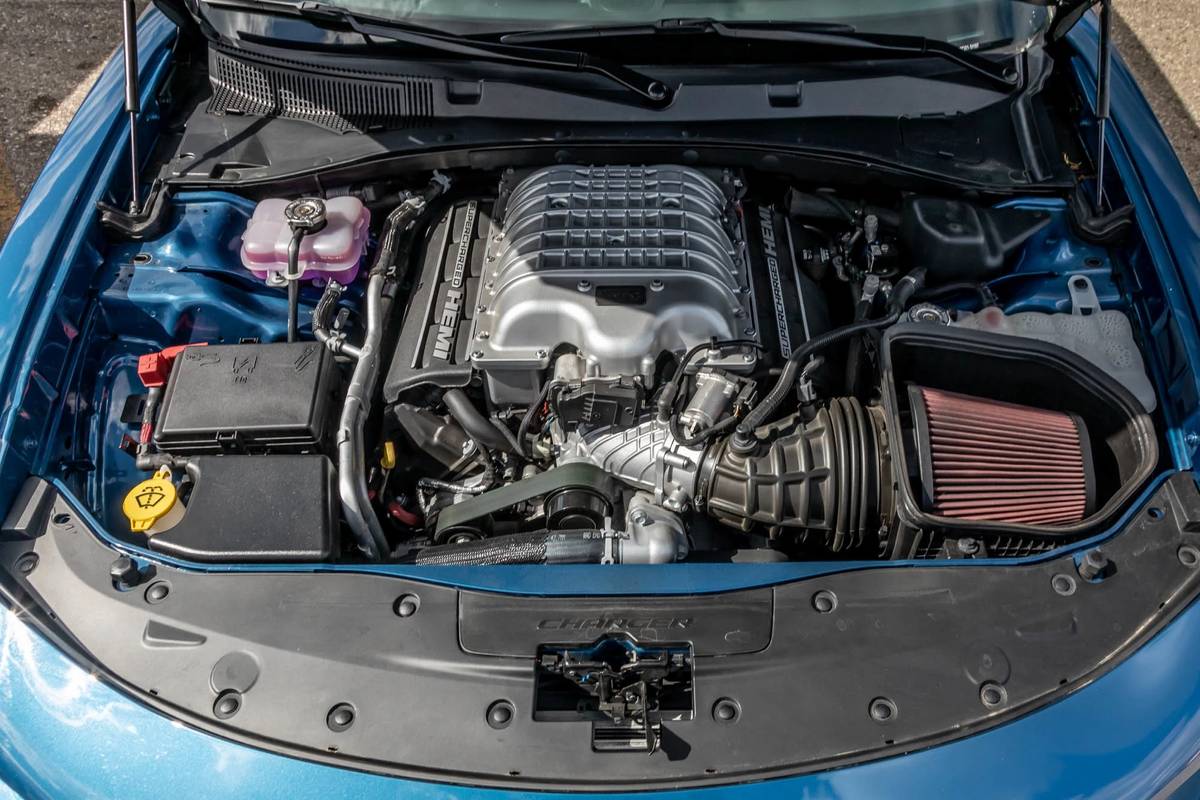Orlando Sentinel's view
The 2003 Chevrolet Impala LS is the sort of car that, during a road test, requires the taking of notes. Because it does nothing wrong, and nothing so right that it sticks out in your mind.
This is Chevrolet’s leading beast of burden, and as such, goes about its business quietly, efficiently, and not all that memorably. That is not a criticism. I’d say the same thing about the best-selling car in America, the Toyota Camry.
As the front-wheel-drive replacement for the rear-wheel-drive Caprice, Chevrolet had a selling job to do with the Impala, convincing the Caprice’s longtime tradition-minded customers – including taxi companies and police departments – that the Impala was as good as the Caprice. Better even, at some things.
It did not hurt that the Impala comes with the venerable, ultra-reliable 3.8-liter, 200-horsepower V-6 engine. The base model Impala has the 3.4-liter V-6, but the 3.8 is the engine of choice.
To help convince fleet buyers of the Impala’s soundness, designers over-engineered much of the car’s components, including the suspension and engine cradle. The result is that the civilian Impala is stronger and tougher than it would have been otherwise, something Chevrolet typically doesn’t mention, as reminding family buyers that their car is also the choice of cops and cabbies is not always a highly regarded sales tactic.
For 2004, Chevrolet hopes to further distance the civilian Impala from the industrial one with the introduction of the semi-sporty Impala SS model, which is not that different from the 2003 Impala LS tested here except for one thing: The 3.8-liter V-6 gets a supercharger, upping horsepower from 200 to 240. Buick and Pontiac have long offered supercharged versions of this engine, so this hardly qualifies as a breakthrough. Even so, I’ve driven the 2004 Impala SS, and an extra 40 horsepower is an extra 40 horsepower.
It will, however, take more than that before many of us think of the Impala has a hot rod. It is a roomy, comfortable, reasonably quiet car on the highway, as we learned in one 500-mile day trip. The 200-horse 3.8 works well with the four-speed automatic transmission, and had no problem keeping up with traffic. The engine is pretty economical, too, as we averaged just under 30 mpg on the trip, on regular gasoline.
The test LS had one $795 option group, which added minor features such as steering-wheel-mounted radio controls and an auto-dimming mirror. The LS model already comes with most of the equipment you’d want, such as air conditioning, cruise control, a tire-pressure monitor, an upgraded suspension, traction control, antilock disc brakes, a rear spoiler, fog lights, and alloy wheels with 16-inch tires.
Other options available, but not included on the test car, include leather upholstery, a sunroof, satellite radio and OnStar, the satellite-linked emergency communications system that was standard but is now extra.
At an overall length of 200 inches even, the Impala is a foot shorter than the Ford Crown Victoria, but offers comparable passenger and luggage space, because of some intelligent packaging. It’s maneuverable in town, but big enough to seat five adults.
Exciting? No, not even with the SS package. Beasts of burden are seldom exciting, but darn useful.
Details: Front-engine, front-wheel-drive sedan with a 3.8-liter, 200-horsepower V-6 engine and a four-speed automatic transmission.
Latest news



